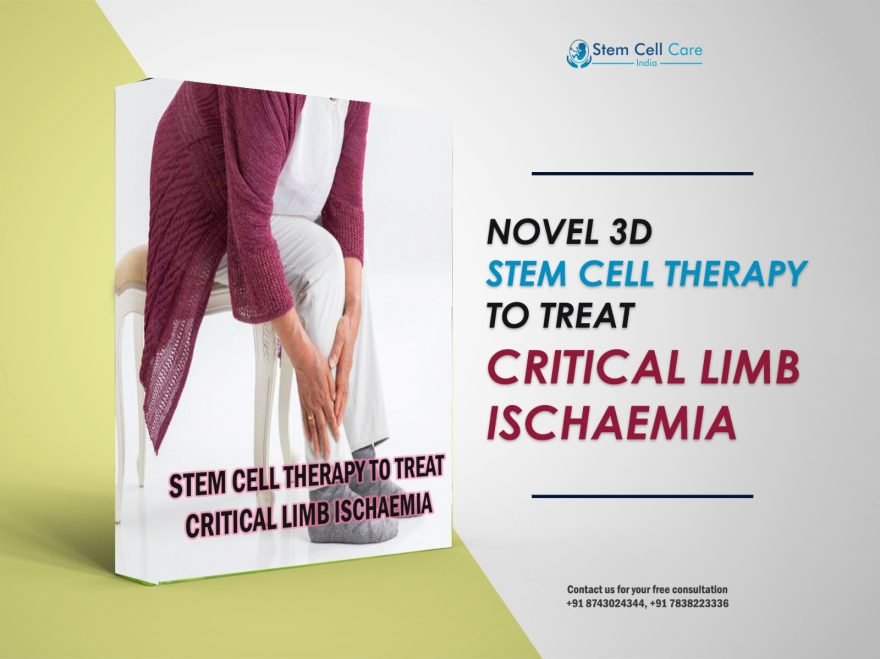The Center for Biomaterials Research at the Korea Institute of Science and Technology’s (KIST) researchers have developed a three-dimensional (3D) stem cell therapy to treat critical limb ischaemia through a self-assembling platform technology using collagen micorgels. In contrast to 3D stem cell therapies composed solely of cells, this allowed the scientists to more easily transplant stem cells into the body and raise the rates of cell survival.
A dangerous condition known as critical limb ischemia is characterized by a significant decrease in blood flow to the legs, usually due to artery blockages caused by diseases like atheroschlerosis. This leads to tissue necrosis and, ultimately, amputation. Antithrombotic medications and angioplasty techniques such as stent implantation are examples of conventional treatments; however, there is a chance of blood vessel damage and blood clot recurrence.
Stem cell treatment provides a loophole for treating critical limb ischaemia. It has high tissue regeneration ability, but when it is transplanted alone, immune response, hypoxia at the site of injury, and other elements can lessen cell capability and prevent the desired therapeutic effect. To perform this procedure, a material is required that delivers stem cells using biodegradable polymers or components of the extracellular matrix as a support to increase cell viability.
Researchers refined collagen hydrogels to micro-scale to form porous 3D scaffolds that are easy to inject into the body and have uniform cell distribution. Extracellular matrix collagen has good cellular activity and biocompatibility. It can induce cell self-assembly by promoting interactions between microgel particles and stem cell collagen receptors. The 3D constructs’ porosity was enhanced by the distance between the microgel particles, which enhanced cell survival and delivery effectiveness.
These microgel-cell constructs express more pro-angiogenic factors, and they also exhibit higher angiogenic potential than cell only constructs. Compared to the cell only constructs, when microgel-cell constructs were injected into the muscles of mice with critical limb ischemia, the blood perfusion rate increased by around 40 percent, and the limb salvage ratio increased by 60 percent. This assures their effectiveness in increasing blood flow and preventing necrosis in the ischemic limb.
Because of its superior angiogenic properties, this novel stem cell therapy can be used to treat other conditions that have similar mechanisms to peripheral arterial disease.
Dr. Sangheon Kim of KIST says, “The collagen microgel developed in this study is a new biomaterial with excellent biocompatibility and high potential for clinical applications. We plan to develop technologies for administration methods required in the medical field, as well as conduct follow-up research to clarify the clear mechanism of action of the treatment and discover target factors.”


